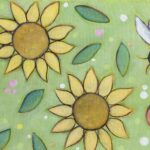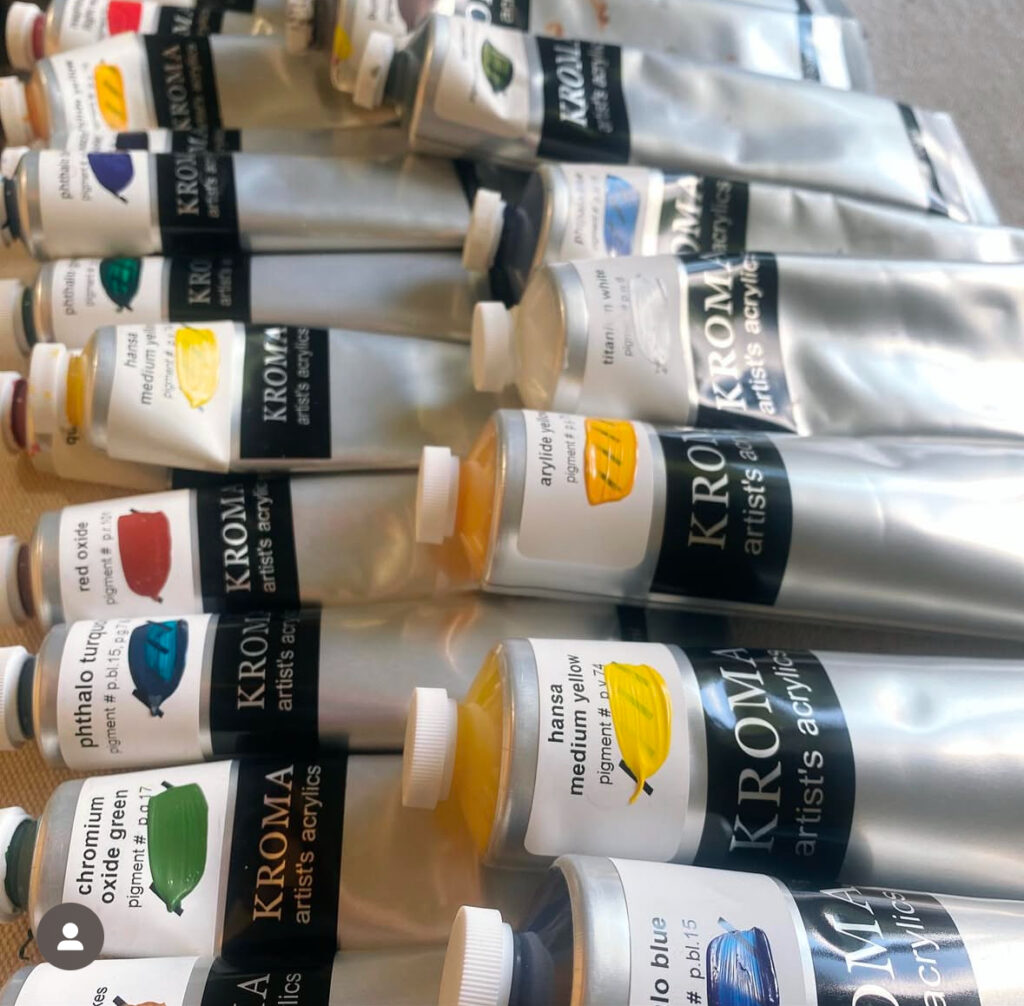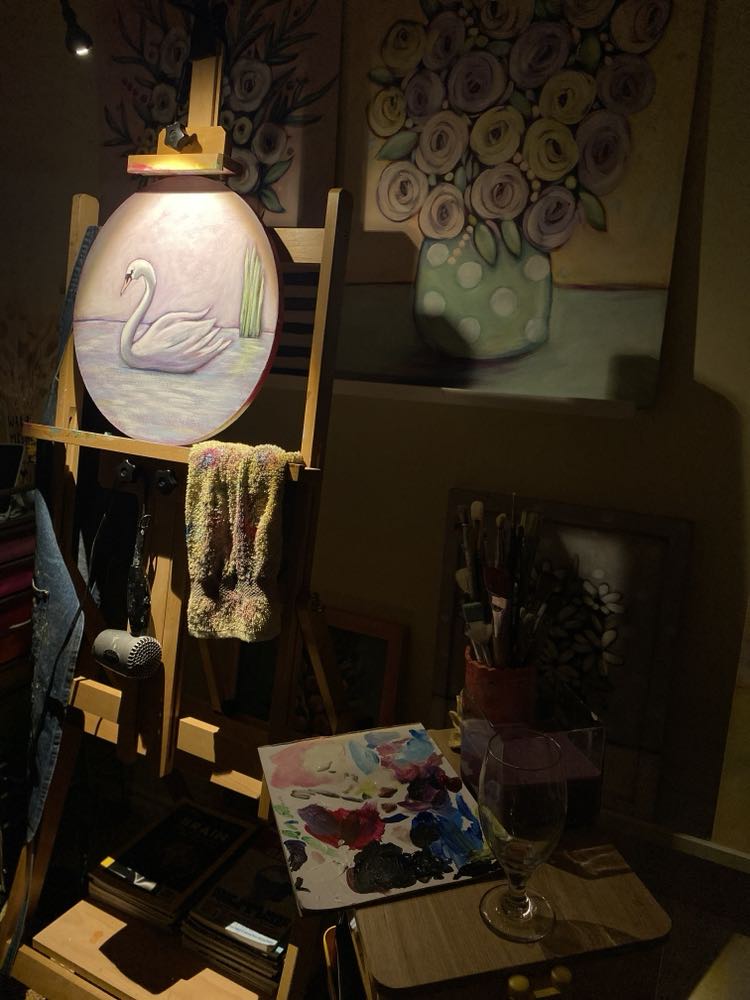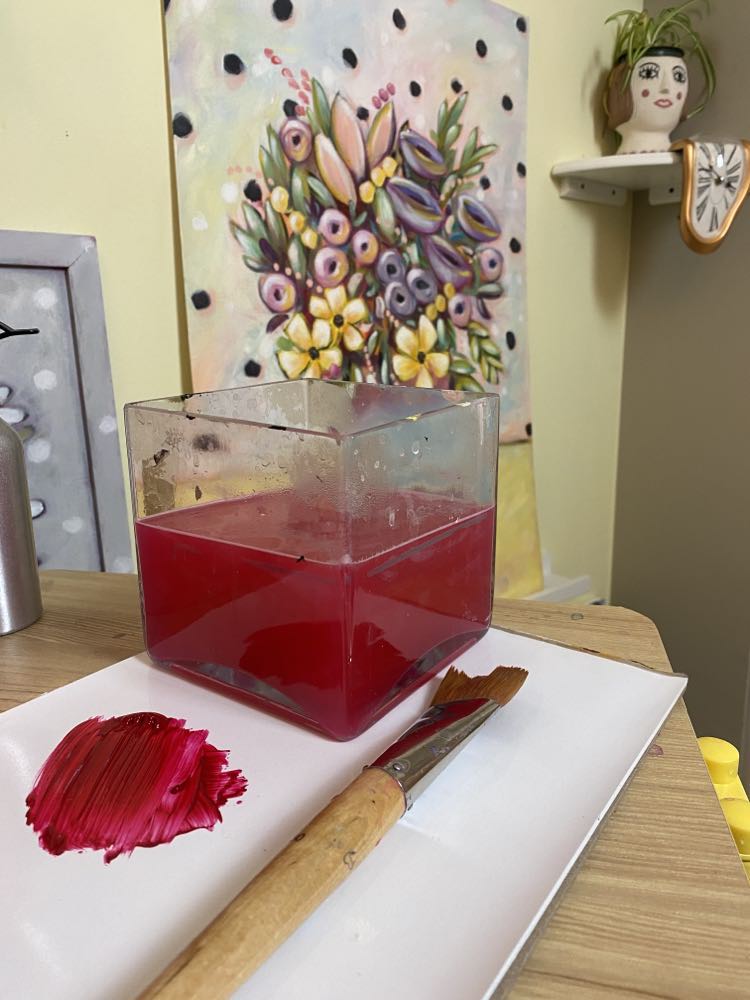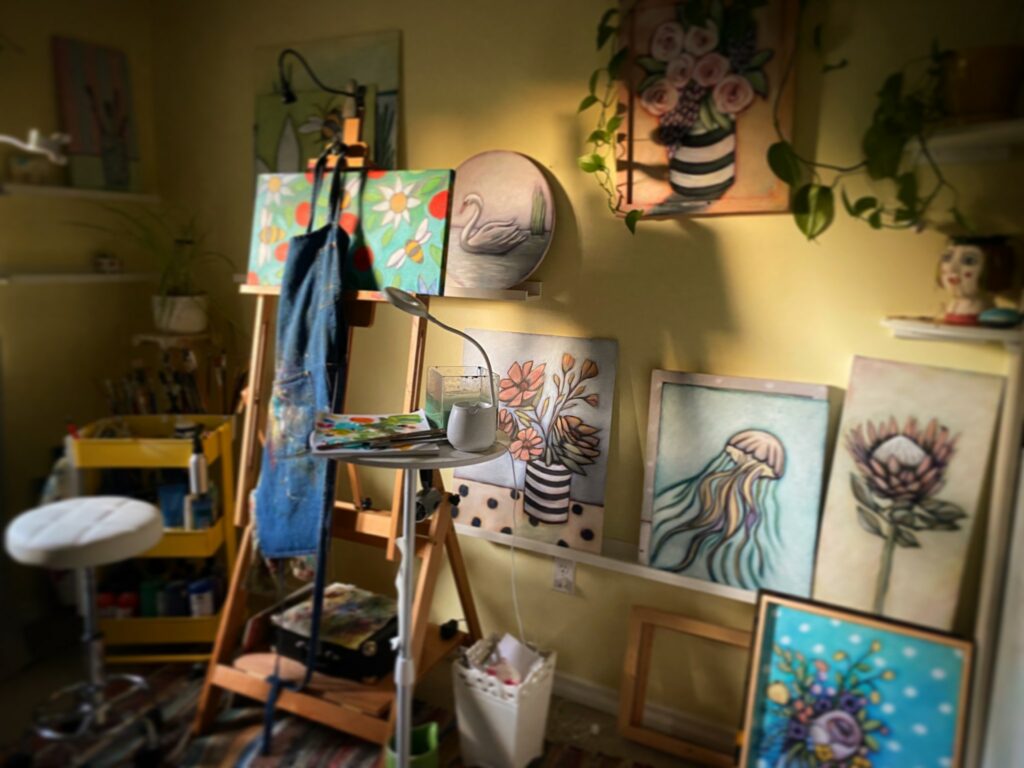Art transcends physical and neurological boundaries, turning perceived limitations into wellsprings of creativity. This post is for anyone who might feel their disability is an impediment to making art. I’m here to tell you that art can be a mindful, liberating journey, where challenges become the keys to unique self-expression.
The Inspiring Legacy of Artists with Disabilities:
Both history and the present day are rich with artists who’ve turned their disabilities into powerful artistic voices. Let’s celebrate some of these incredible individuals:
- Katherine Sherwood – After a cerebral hemorrhage, Sherwood adapted to painting with her left hand, ingeniously intertwining art with disability awareness.
- Chuck Close – Despite paralysis from a spinal artery collapse, Close continued to create mesmerizing, large-scale portraits, reinventing his artistic approach.
- Paul Klee – Facing a degenerative illness later in life, Klee’s art evolved, becoming imbued with deep emotion and introspection.
Adding to these historical figures, let’s highlight three contemporary visual artists who beautifully incorporate their disabilities into their art:
- Yvonne Mouser – A modern furniture designer and artist, Mouser, who has a hearing impairment, emphasizes tactile experiences in her work, exploring the relationship between function, form, and material.
- Pete Eckert – A visually impaired photographer, Eckert’s unique approach to photography challenges traditional perceptions of sight and visual expression. His work is a testament to the idea that vision is not only physical but also a conceptual art form.
- Alison Lapper – Born without arms and with shortened legs, Lapper is a British artist whose work in digital photography and sculpture challenges conventional notions of beauty and the human form. Her art is a powerful statement on resilience and the diversity of human experience.
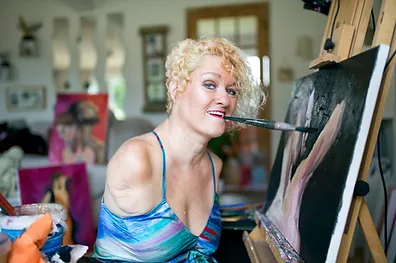
Art as Mindful Meditation:
Engaging in art is a profound form of mindfulness meditation. It directs focus to the present, to the sensation of the brush on canvas, the texture of clay, or the interplay of colors. This immersion in the creative process can be a tranquil, fulfilling experience.
Encouragement for Aspiring Artists with Disabilities:
If you’re hesitant about starting your art journey due to a disability, remember that your unique life experience can be your most significant creative asset. Art is about the process as much as the product. It’s a platform for expressing your emotions and experiences, in all their complexity.
Starting Your Artistic Journey:
- Experiment with Mediums: Whether it’s painting, sculpture, or digital art, find what resonates with you.
- Create an Accessible Space: Your art space should be comfortable and cater to your needs.
- Begin with Simple Projects: Small steps can lead to significant accomplishments.
- Embrace Your Unique Style: Let your disability inform your art. Celebrate its distinctiveness.
- Practice Mindfulness: Focus on the present moment during creation. Let art be a meditative journey.
Your disability is a part of your unique narrative, and art offers a vibrant way to share that narrative. In the world of art, there are no barriers, only vast, unexplored landscapes of creativity. So, take up your tools and let the world see through your lens – unbridled, raw, and beautifully authentic.
Featured Image: Art by Alison Lapper & Alison Lapper in her studio.
Members of Artful Growth community can find the the ‘Embrace Your Art, Embrace Yourself’ guide here. This downloadable print is a daily reminder of your unique voice in the art world and a source of constant inspiration.: Post 🌟✍️ New Blog Post: Embracing Art as a Pathway to Mindfulness for Those with Disabilities ✍️🌟 | Artful Growth – Cultivating Creativity and Wellness (thinkific.com)



